I still remember the moment I first stepped into Ascoli Piceno’s main square. The late afternoon sun hit the white stone buildings, making them glow with a warm, inviting light. This hidden gem in Italy’s Marche region, just 22 miles from the Adriatic coast, captivated me instantly with its distinctive travertine architecture.
Travertine isn’t just a building material in Ascoli Piceno—it’s the city’s identity. It gives the historic center its unique character and luminous beauty.

As I wandered through narrow streets and open piazzas, I noticed how this white stone appeared everywhere: in the Romanesque cathedral, the medieval towers, and even the sidewalks beneath my feet. Unlike the tourist-packed cities of Rome or Florence, this working port city offered authentic Italian charm without the crowds.
My love affair with Ascoli’s stone beauty deepened as I explored by bicycle. I discovered how the travertine creates different moods throughout the day—stark and brilliant in midday sun, soft and golden at sunset. The buildings tell stories of centuries past, yet remain very much alive in this quintessential Italian town where history and daily life blend seamlessly.
The Historical Tapestry of Ascoli Piceno
Walking through Ascoli Piceno is like turning pages of a living history book. The gleaming travertine buildings tell stories spanning millennia, from ancient Roman settlements to Renaissance splendor and beyond.
Uncovering the Roots
Ascoli Piceno’s story begins long before the Romans. Founded by the Piceni tribe, the settlement’s strategic position in central Italy made it valuable throughout history. I was fascinated to learn that archaeological evidence dates habitation here to at least the 9th century BCE.
When Rome conquered the area in 268 BCE, they transformed the settlement into Asculum Picenum. The city’s layout still reveals its Roman foundations. During my wanderings, I discovered ancient street grids beneath medieval additions.
The Romans were the first to quarry the travertine stone that defines Ascoli today. They recognized the stone’s durability and beauty, using it for important structures. Some original Roman walls still stand, testament to both engineering skill and the lasting quality of travertine.
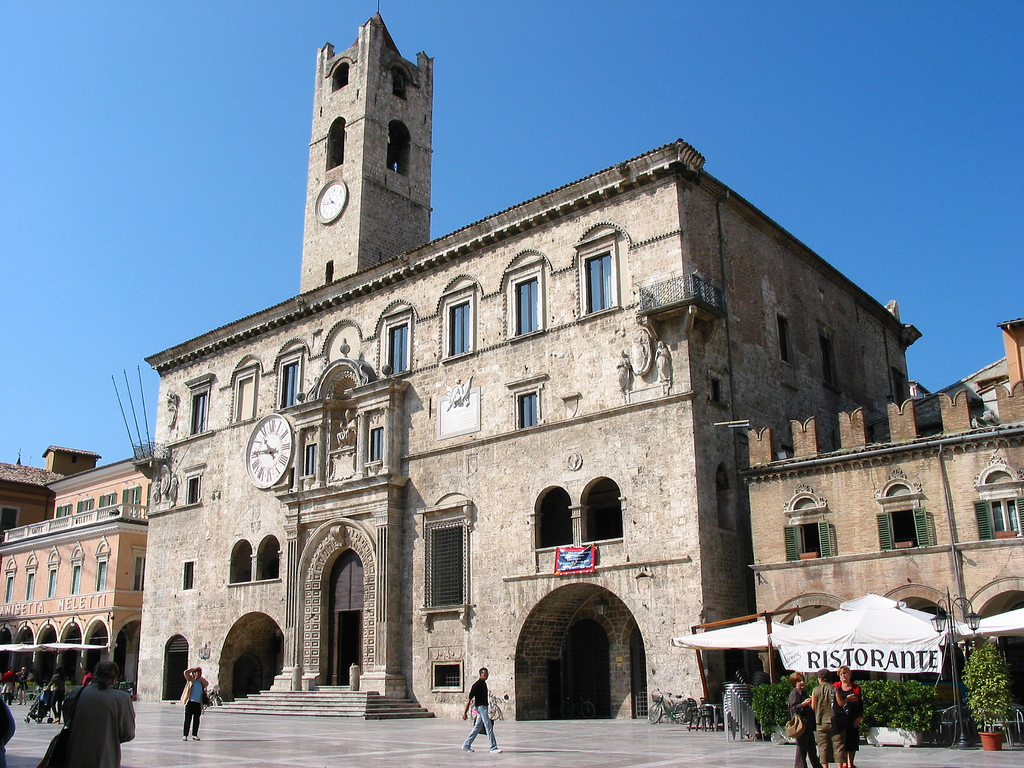
Image Source: Wikimedia Commons
From the Roman Forum to the Renaissance
The heart of Ascoli, Piazza del Popolo, sits on what was once the Roman Forum. I stood there imagining the ancient marketplace bustling with activity. Today’s piazza preserves that same communal energy.
During the Middle Ages, Ascoli developed into a powerful commune. The 13th century saw construction of many iconic buildings, including the stunning Palazzo dei Capitani. These structures blend Gothic elements with the distinctive white travertine.
The Renaissance brought Ascoli to its architectural peak. Noble families commissioned magnificent palaces, and artists and architects flocked to the city. Walking through Renaissance Ascoli, I marveled at how harmoniously the styles blend together.
Churches from this period showcase extraordinary art collections. The Cathedral of Sant’Emidio houses masterpieces by Carlo Crivelli. In each church, the cool white travertine creates perfect backdrops for colorful frescoes and gold-leafed altars.
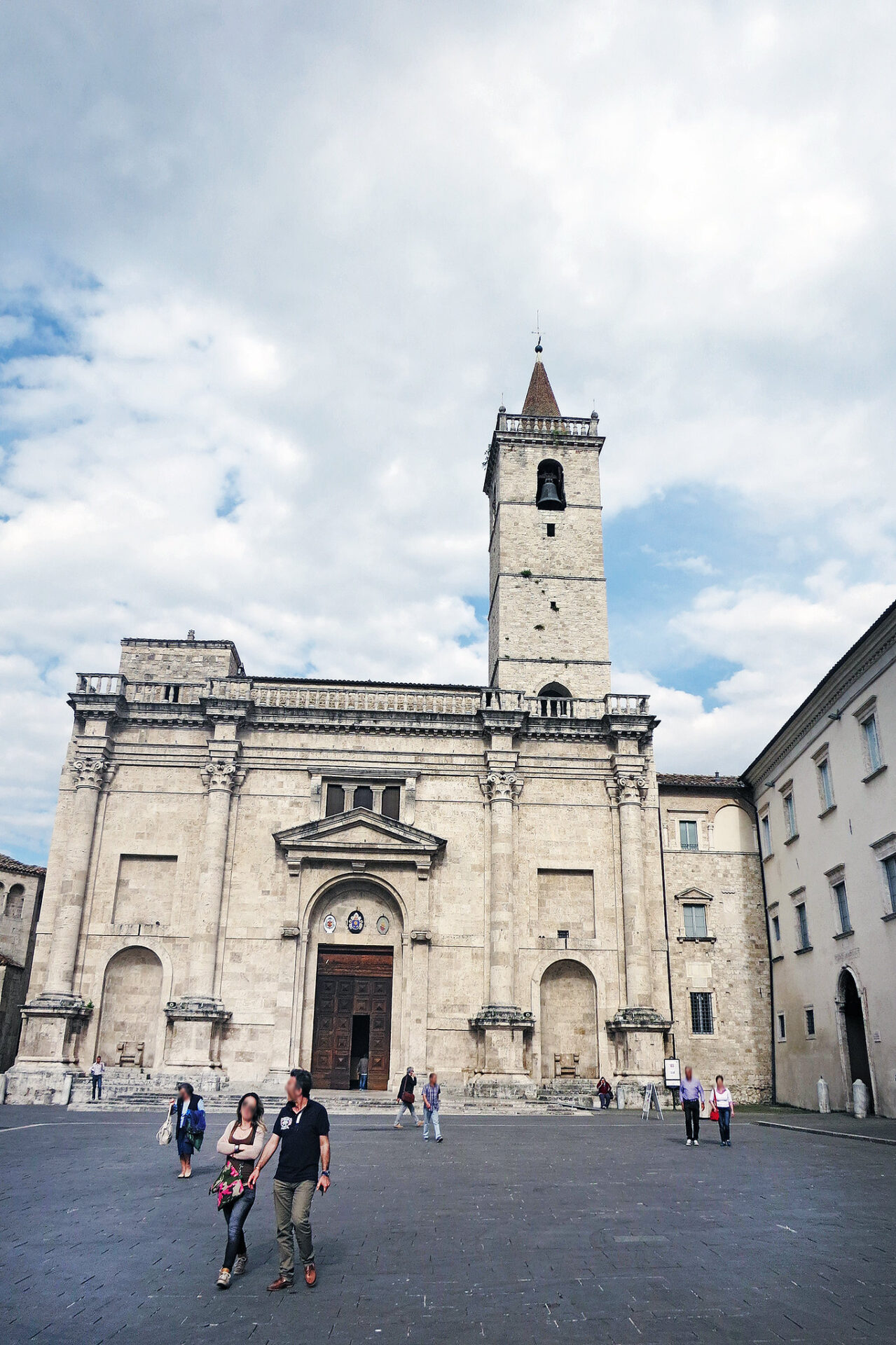
Image Source: Flickr
The Impact of the Unification of Italy
The Risorgimento (Italian unification movement) transformed Ascoli in the 19th century. The city enthusiastically supported unification under Giuseppe Garibaldi. When Italy became a unified nation in 1861, Ascoli experienced renewed civic pride.
This period introduced neoclassical style to the ancient city. New government buildings and renovations respected the travertine tradition while incorporating modern elements. The Teatro Ventidio Basso, rebuilt in this era, exemplifies this architectural harmony.
Infrastructure improvements connected Ascoli to the broader Italian economy. Railways and improved roads meant more visitors discovered the travertine city. Despite these changes, Ascoli maintained its historic character better than many Italian cities.
The preservation ethic established during this period continues today. I noticed how carefully modern additions respect the city’s travertine heritage. Even new buildings use traditional stone, maintaining the unified appearance that makes Ascoli so uniquely beautiful.
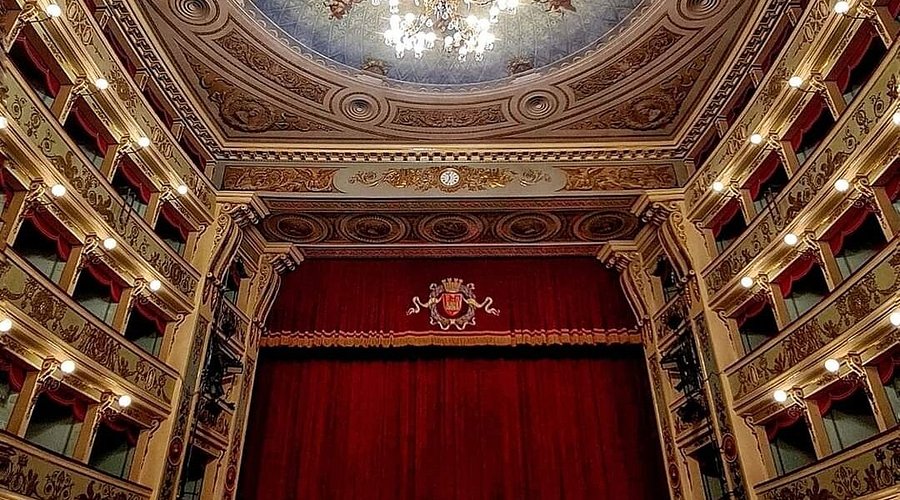
Image Source: Tripadvisor
Travertine’s Triumph: Geology and Extraction
Travertine stone tells a story of geological processes that have shaped Ascoli Piceno’s distinctive landscape and architecture. This remarkable material emerges from the earth through a fascinating process that combines time, pressure, and mineral-rich waters.
Nature’s Artistry in Stone
I’ve learned that travertine forms when calcium carbonate precipitates from mineral springs, especially hot springs. Walking through Ascoli Piceno, I’m actually treading on ancient deposits created over thousands of years! The stone’s characteristic porous texture comes from gases escaping as the minerals solidified.
What makes the local travertine special is its creamy white color with subtle golden hues. The region’s unique geological conditions—limestone mountains and mineral-rich groundwater—create the perfect environment for travertine formation.
During my visit, a local geologist explained how earthquakes, common in this part of Italy, have influenced the underground water channels that feed the travertine deposits. These natural forces have created a building material that’s both beautiful and durable.
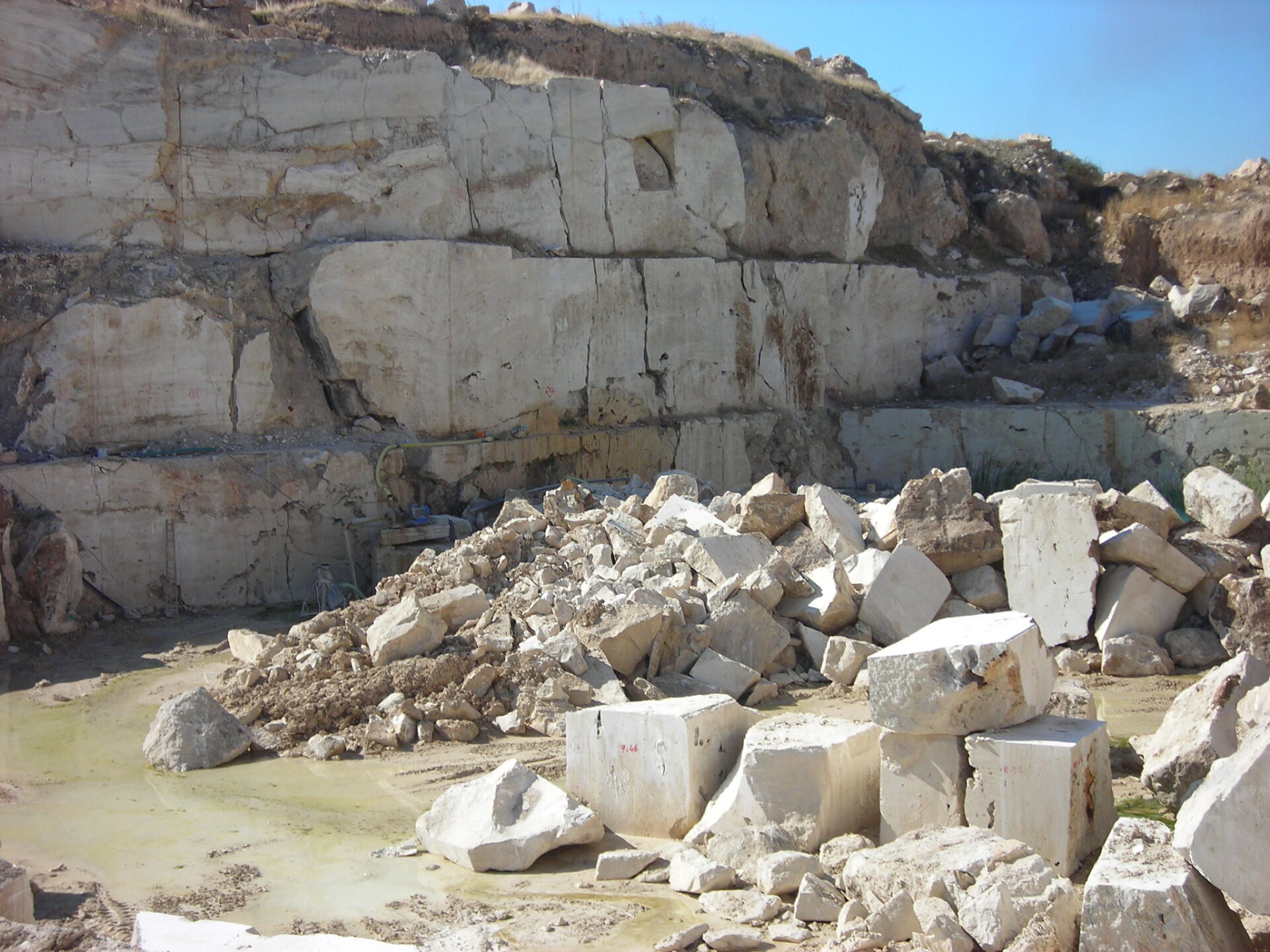
Image Source: Flickr
Geologists and the Harvesting of Beauty
The extraction of travertine around Ascoli Piceno follows traditions dating back to ancient Roman times. I visited a quarry where workers use modern equipment but follow age-old techniques to remove the stone without damaging its integrity.
Quarry masters showed me how they carefully select blocks based on color consistency and structural integrity. They look for the “voice of the stone,” tapping it to hear if it sounds solid or hollow.
The extraction process is surprisingly gentle on the environment compared to other mining operations. Workers cut blocks using diamond wire saws that minimize waste and dust.
Once extracted, the stone undergoes processing at local workshops where artisans transform raw blocks into architectural elements. I watched in awe as they shaped this ancient stone into modern forms while preserving Italian art traditions.
A Walk Through the Stone-Lined Streets
Exploring Ascoli Piceno on foot reveals the city’s breathtaking travertine beauty at every turn. The ancient white stone catches sunlight differently throughout the day, giving the medieval streets a luminous quality unlike anywhere else in Italy.
Piazza del Popolo: The City’s Living Room
When I first stepped into Piazza del Popolo, I was immediately struck by its perfect harmony. The Renaissance square, paved entirely in gleaming travertine, functions as Ascoli’s open-air living room.
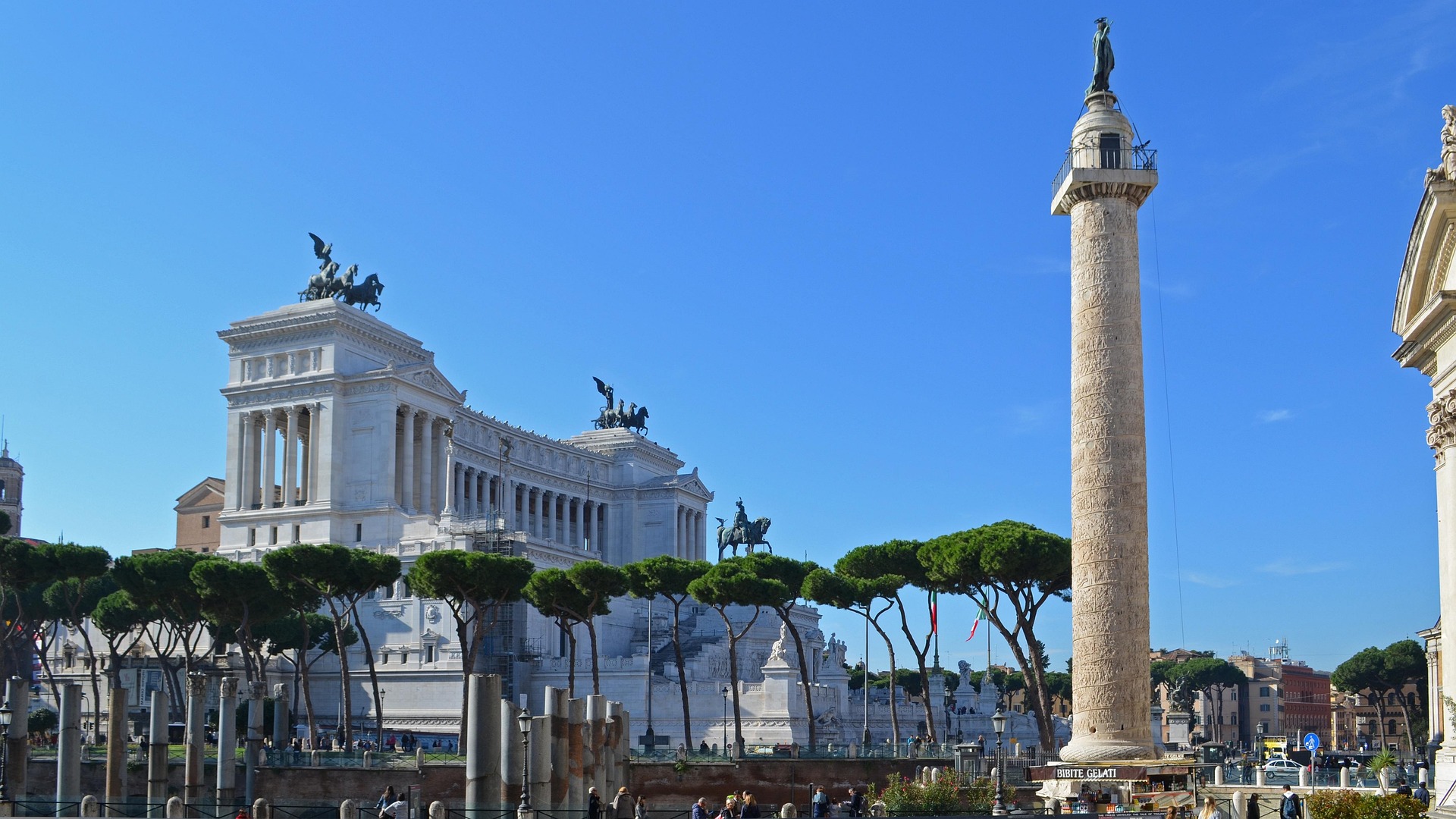
Locals gather here each evening for passeggiata, strolling beneath the elegant arcades that frame the space. I found myself joining them, cappuccino in hand, admiring how the stone glows golden at sunset.
Unlike the chaos of Rome’s more famous squares, Piazza del Popolo maintains a serene atmosphere. The café tables spill onto the square, creating perfect spots for people-watching. The town hall building (Palazzo dei Capitani) anchors one end with its imposing stone façade and medieval tower.
Architecture Adorned: Corinthian Columns and Winged Victories
Ascoli’s love affair with classical architecture is evident everywhere I looked. Corinthian columns grace numerous buildings, their ornate capitals carved from the same travertine that builds the city.
The craftsmanship reminds me of Rome’s grandest monuments. One café owner told me that Ascoli was nicknamed “Little Rome” for its imperial Roman heritage and architecture. This connection is visible in the winged victories that adorn several façades, similar to those on Rome’s Vittoriano monument.
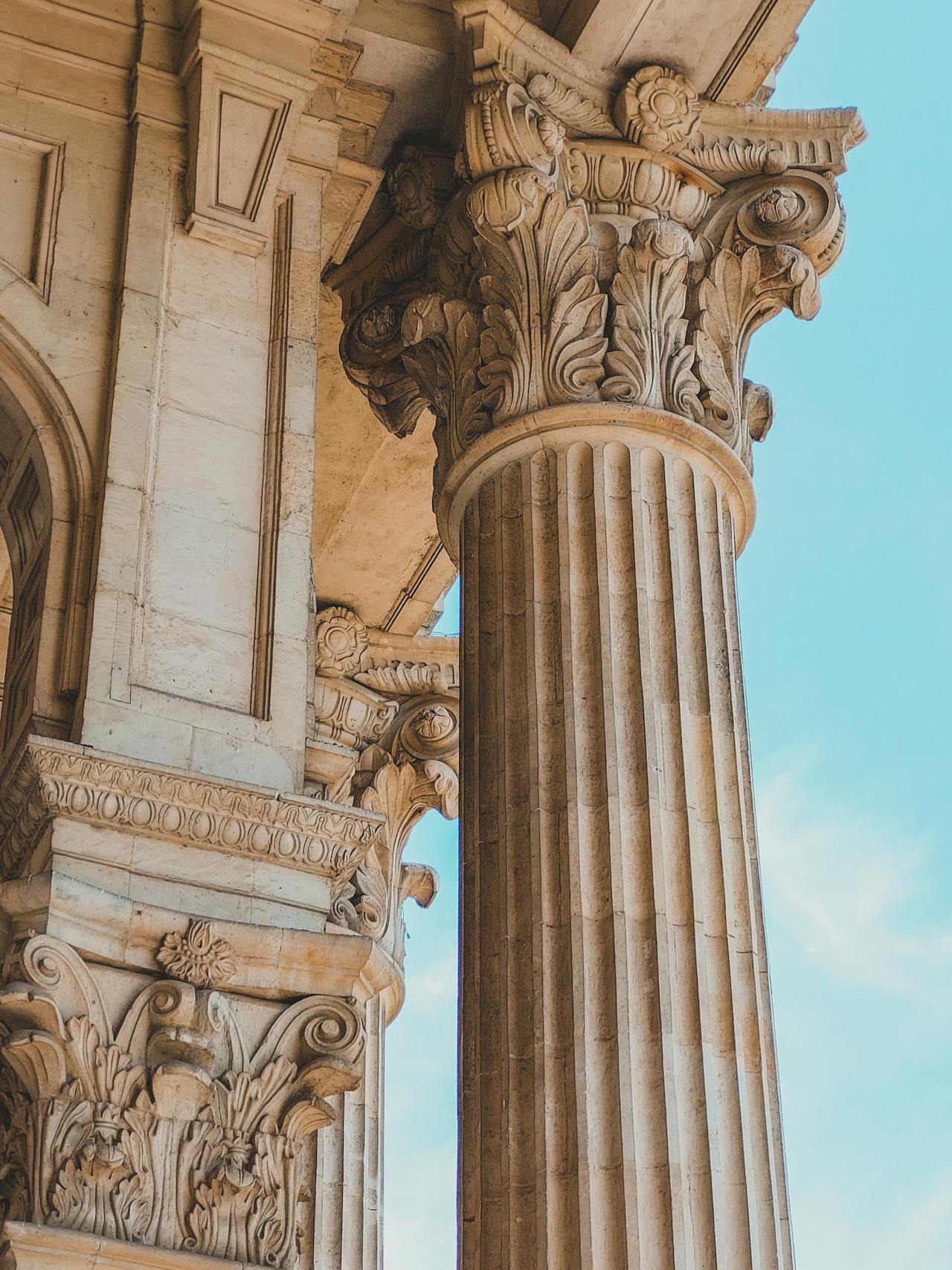
Walking through the oldest quarter, I discovered streets named after Apollo and Pompeii. The ancient Romans clearly recognized this region’s beauty and strategic importance. Buildings from different eras sit comfortably together, united by their common stone construction and classical influences.
Cultural Reflections in Travertine
Ascoli’s travertine isn’t just architectural – it’s woven into the very fabric of local identity and traditions. Walking these marble-white streets, I discovered how deeply the stone connects to the city’s cultural expressions.
Travertine in Ascoli’s Cultural Identity
The people of Ascoli Piceno share a unique relationship with travertine. This isn’t just building material – it’s their heritage. Locals proudly call their home the “City of Travertine,” a nickname that reflects how central the stone is to their identity.
When I chatted with shopkeepers along the piazza, many spoke of travertine with family-like affection. “Our ancestors built with it, we live among it, our children play on it,” one elderly man told me, gesturing to the smooth, cream-colored pavement.
The annual Quintana jousting tournament takes place surrounded by travertine buildings, creating a medieval backdrop that feels authentically preserved rather than recreated. The stone connects modern residents to their historical roots in a tangible way.
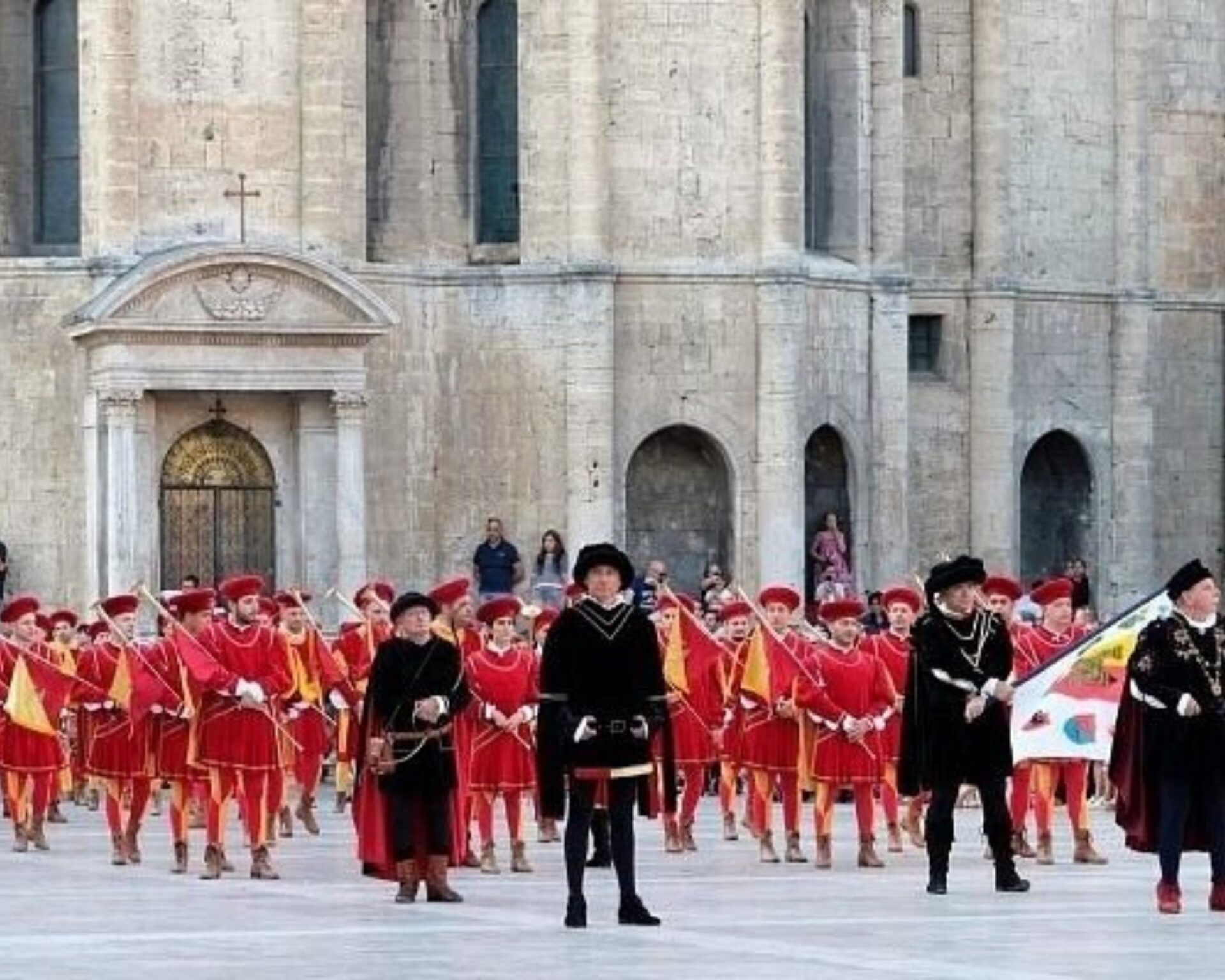
Image Source: Tripadvisor
The Echoes of Jaco and Nativity Through Stone
Travertine finds its most touching expression in Ascoli’s religious traditions. During Christmas, the Nativity scenes carved from local stone appear throughout the city. These presepi range from simple to elaborate, but all share the warm glow of the city’s signature stone.
I was particularly moved by the Jaco tradition – a Christmas Eve celebration where locals carry torches through travertine streets. The flickering light creates a dance of shadows across the ancient stone facades.
“The stone holds our prayers,” a woman explained as we watched artisans carve small travertine figures. Many families pass down travertine carvings through generations, each piece absorbing more family history with time.
Local artists often incorporate travertine into contemporary works, bridging Italian culture across centuries. These modern interpretations ensure the stone tradition remains vibrant and evolving rather than merely preserved.

Beyond Ascoli Piceno: Travertine in Italy and Beyond
Travertine stone extends far beyond the borders of Ascoli Piceno, creating a legacy that spans across Italy and into the world’s most prestigious museums and buildings. Its distinctive characteristics have made it a favorite of architects and designers throughout history.
The Stone’s Journey from Central Italy to the British Museum
I was amazed to discover that travertine’s journey from quarries in central Italy to international fame is quite remarkable. The same luminous stone that gives Ascoli Piceno its glow has found its way to the British Museum, where it creates an atmosphere of timeless elegance.
During my visit to the museum, I noticed how the travertine elements seemed to capture and reflect light differently than other stones. The quarries near Rome have supplied this prized material for centuries, with the ancient Romans being among the first to recognize its potential.
What struck me most was learning that the stone’s durability has allowed ancient travertine artifacts to remain intact. Some pieces in the British Museum’s collection date back to Roman times, yet still display the unique porous texture that makes travertine so distinctive.
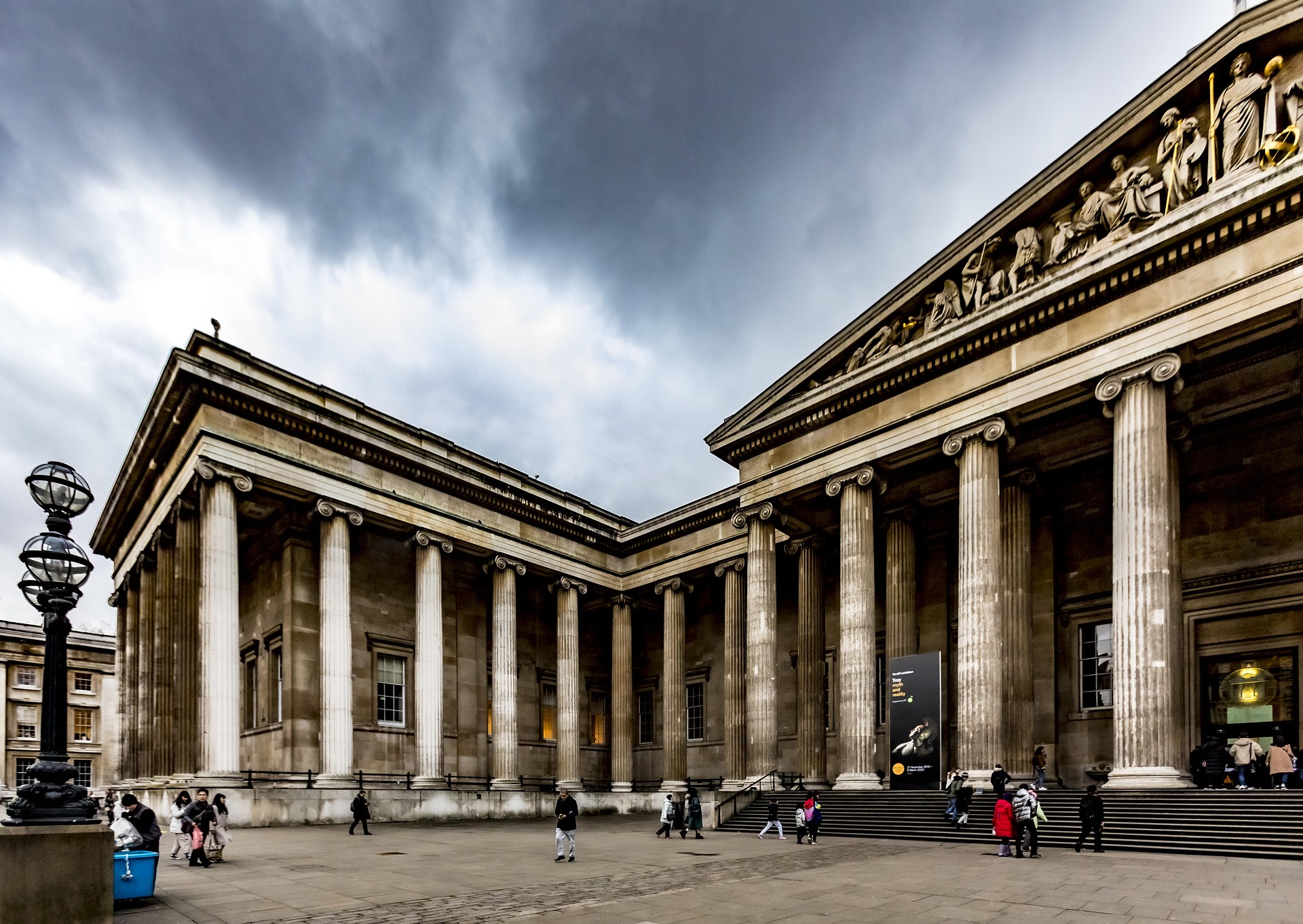
Travertine’s Influence on Neoclassical Manifestations
Walking through Turin, I couldn’t help but notice the neoclassical buildings showcasing beautiful travertine elements. The stone’s creamy white tones perfectly complemented the clean lines and symmetrical designs that define the neoclassical style.
Rome, the Eternal City, features some of the most impressive uses of travertine in neoclassical architecture. The stone’s ability to be carved into intricate details while maintaining structural integrity made it ideal for columns, facades, and decorative elements.
I was particularly drawn to how neoclassical architects contrasted travertine with other materials. The pale stone often appears alongside darker marble or ivory accents. This creates visual interest that draws the eye and highlights important architectural features.

